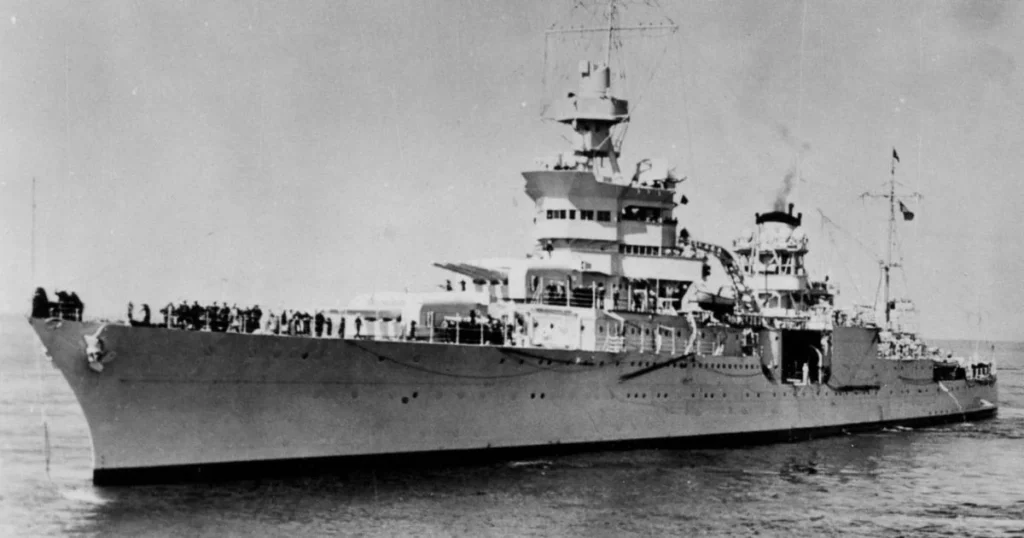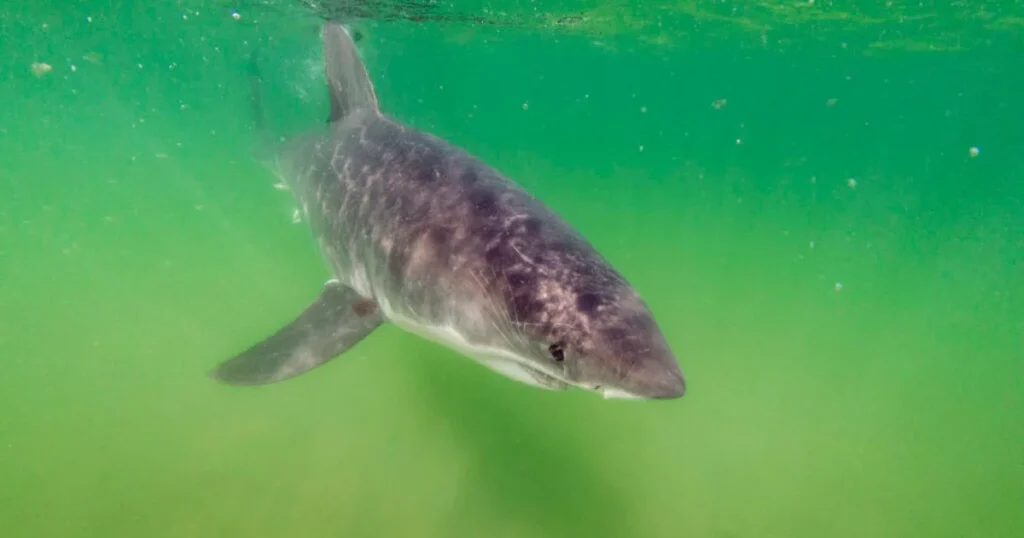
Sharks, the apex predators of the ocean, have long been a source of fear and fascination. While scary shark attacks are relatively rare, the sheer power and unpredictability of these creatures can turn a peaceful day at the beach into a nightmare. This article delves into some of the most scary shark stories, exploring the circumstances and aftermath of these chilling encounters.
These tales often involve a sudden, unexpected encounter, where swimmers or surfers find themselves in the path of a hunting shark. From the infamous 1916 Jersey Shore attacks, which inspired the blockbuster movie "Jaws," to more recent incidents in Australia and South Africa, these stories highlight the awe-inspiring might of sharks. They also serve as a stark reminder of the importance of understanding and respecting the natural habitats of these formidable ocean dwellers.
One of the earliest and most infamous series of shark attacks occurred along the coast of New Jersey in 1916. Over the course of 12 days, four people were killed and one severely injured in attacks that spanned the Jersey Shore to the Matawan Creek. The events shocked the nation and inspired a wave of fear that has influenced sharks scary perception for over a century. The attacks were so brutal and unexpected that they later served as a key inspiration for Peter Benchley's novel Jaws.
The scientific and public response to these scariest sharks attacks marked a turning point in how people viewed the ocean and its predators. Prior to 1916, sharks were not widely considered a significant threat to humans. However, the sheer horror and publicity of the New Jersey attacks led to increased research into shark behavior and safety measures at beaches. This period also saw the beginning of shark hunting as a sport and a protective measure, a practice that has evolved considerably in the context of modern conservation efforts

In July 1945, the sinking of the USS Indianapolis led to one of the most harrowing tales of survival and sharks scary encounters in naval history. Hundreds of sailors were left stranded in the Philippine Sea for four days without food or water. During this time, they faced relentless attacks from oceanic whitetip sharks. Survivor accounts describe the horror of watching comrades being picked off by the sharks, a stark reminder of the ocean's unforgiving nature.
This event not only underscores the perilous nature of wartime at sea but also highlights the unpredictable dynamics between humans and marine life. The ordeal of the USS Indianapolis survivors contributed significantly to the study of shark behavior, particularly regarding how these predators are drawn to human activity in open water. The tragedy has since been a poignant lesson in maritime safety, inspiring improvements in life-saving equipment and protocols for naval and civilian vessels alike.

In a span of just a few days in December 2010, the Egyptian resort of Sharm El Sheikh witnessed five scariest sharks attacks, one of which was fatal. The attacks were particularly unsettling due to their sudden increase and the popular tourist location. Investigations suggested a combination of factors, including overfishing and the illegal feeding of sharks, which may have altered the sharks' natural behavior, leading to these scariest shark attacks.
These events sparked a global dialogue on the delicate balance between marine wildlife conservation and human activity in coastal regions. The Sharm El Sheikh attacks led to heightened awareness and the implementation of stricter guidelines for human interactions with marine life, particularly in areas frequented by tourists. The incident remains a stark reminder of the potential consequences when the natural feeding patterns and habitats of sharks are disrupted by human influence.

In 1963, Australian spearfisherman Rodney Fox survived one of the most scariest shark attacks ever recorded. During a spearfishing competition near Adelaide, a great white shark grabbed him around the torso, puncturing his diaphragm and ripping open his chest. Despite severe injuries, Fox's incredible will to live saw him through multiple surgeries and he later became a shark conservation advocate, using his story to highlight the need for understanding these misunderstood creatures.

The fatal shark attack on Arthur Medici in September 2018 was the first in Massachusetts in more than 80 years. While paddleboarding near Newcomb Hollow Beach, Medici was bitten by a great white shark. This tragic incident underscored the increasing sightings of great whites in the region, likely due to growing seal populations, and sparked renewed discussions on beach safety and shark awareness.
While these stories highlight the dangers sharks can pose, it is essential to remember that shark attacks on humans are exceedingly rare. Sharks play a crucial role in maintaining the health of marine ecosystems, and many species are now threatened due to overfishing, habitat loss, and climate change. Efforts to protect sharks and educate the public about their behavior are vital to reducing fear and promoting coexistence.
To minimize the risk of shark encounters, experts recommend swimming in groups, avoiding the water at dawn and dusk when sharks are most active, and refraining from wearing shiny jewelry that could mimic the appearance of fish scales. Awareness and respect for these majestic predators can help ensure that both sharks and humans can thrive in their respective habitats.
The portrayal of sharks in media, particularly after the success of Jaws, has had a lasting impact on public perception promoting the scary sharks. While these depictions often exaggerate the threat sharks pose, they also provide an opportunity to educate and intrigue audiences about the real-life behavior of these animals. Documentaries, research publications, and shark-watching tours help balance sensationalism with science.
Shark attacks, while terrifying, offer a glimpse into the complex interactions between humans and nature. By understanding the behavior of sharks and respecting their habitats, we can reduce the likelihood of negative encounters and appreciate the vital role these creatures play in our oceans. The stories of survival, resilience, and tragedy remind us of the delicate balance between scary sharks and the fascination that sharks inspire.
At Critter Stop, we are not just wildlife removal experts; we are passionate advocates for the understanding and preservation of all wildlife, including the majestic sharks that roam our oceans. Through our extensive blog, we have crafted numerous articles aimed at educating the public about the diverse species we share our planet with. Our goal is to foster a deeper appreciation for these animals and encourage humane and respectful interactions.
Our content ranges from the intricacies of squirrel diets to the misunderstood nature of sharks, all designed to inform and intrigue our readers. By sharing stories of resilience, survival, and the ecological importance of these creatures, we hope to shift perceptions and promote a more harmonious coexistence between humans and wildlife.
Visit our Critter Library and learn more about our furry friends